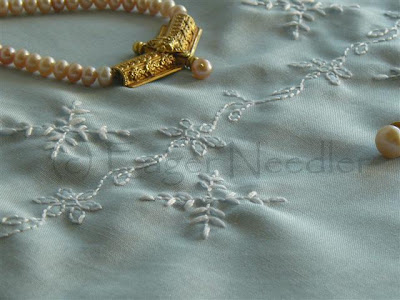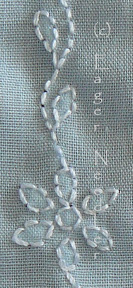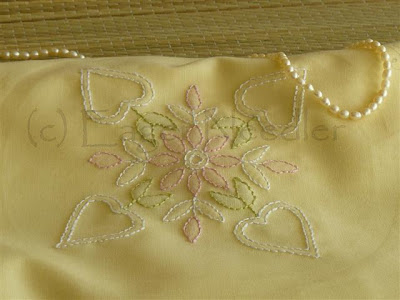Dasara brings such warm memories of childhood that it makes me want to be a kid again! Today's embroidery, 'Kalasha' is symbolic of Dasara as it is celebrated in South India. 'Kalasha' is a metal pot inside which are a few neatly tucked mango leaves and a coconut in the center. To me the embroidery also reminds me of my grandma. She lived in Chennai and would visit us every summer. During her stay, she would make me a special 'Kalasha' for the 'Golu' (Another South Indian tradition of proudly displaying one's collection of clay dolls, heirloom artifacts, travel souvenirs in steps). In our house, the centre piece was always grandma's meticulously decorated 'Kalasha' made from a few simple things - plastic pot, rubber ball, large gold sequins and of course, tons of pins!!
Well, whatever fond memories Dasara may bring to you, here is wishing everyone a Happy festival season!






.JPG)